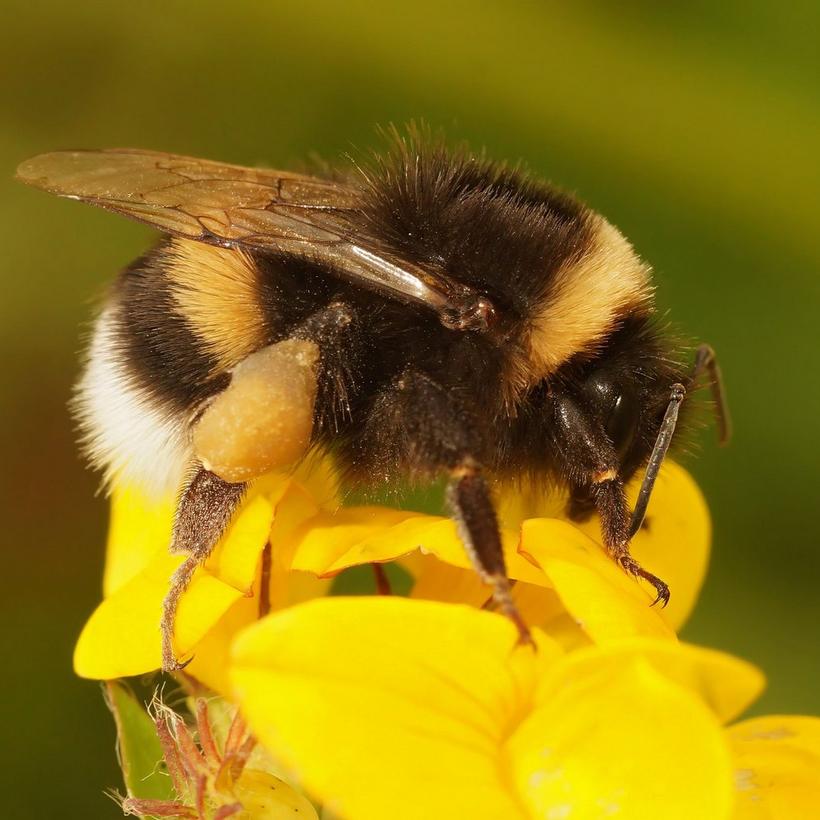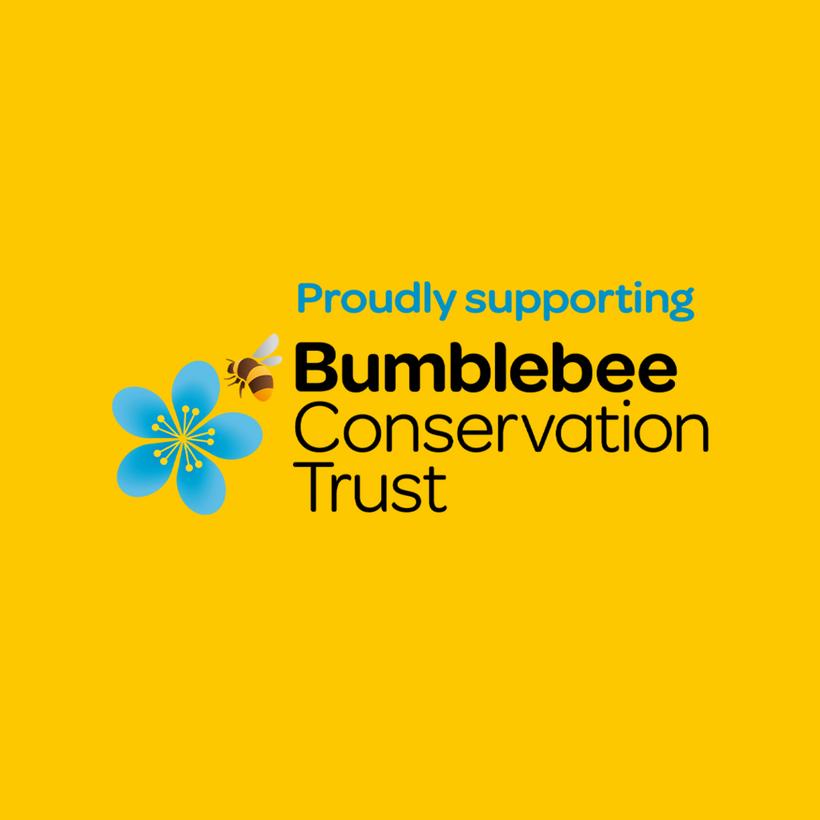BumblebeeConservationTrust
Supporting the Bumblebee Conservation Trust
About Bumblebee Conservation Trust


The Bumblebee Conservation Trusts 'Diversity is Queen' Exhibit
Wildflower meadow & grassland
Thyme lawn
Greenhouse featuring tomatoes
Garden with a 'diversity of flowers'
Bumblebee-Friendly Flowers
Not all flowers are equally bumblebee-friendly, so it’s essential to carefully select plants that are particularly attractive to these important pollinators. When browsing at the garden center, paying attention to the flowers that bumblebees are actively foraging on can guide gardeners in making bumblebee-friendly choices. For instance, Andy from the Bumblebee Conservation Trust, loves cosmos. With its vibrant and abundant blooms, is a prime example of a flower that bumblebees adore. Its open, daisy-like blossoms provide easy access to nectar and pollen, making it a favorite feeding spot for these fuzzy insects.
Why are bees important?
Never overlook the significance of bees, our fuzzy friends are doing a good job in keeping us fed.
Nearly 75% of flowering plants rely on wildlife for pollination. Bees alone contribute to almost 80% of this pollination, meaning their work is vital for staples like potatoes, tomatoes, cotton - and even chocolate!
There are a remarkable 270 distinct bee species in the UK, comprising of one honeybee species, 24 types of bumblebees, and various solitary bees.
Without bees there would be no flowers, and a world without flowers is a world without bees. Together, with organisations such as the Bumblebee Conservation Trust, we are hoping to inspire and educate people to #beenoisy about saving the bees.
